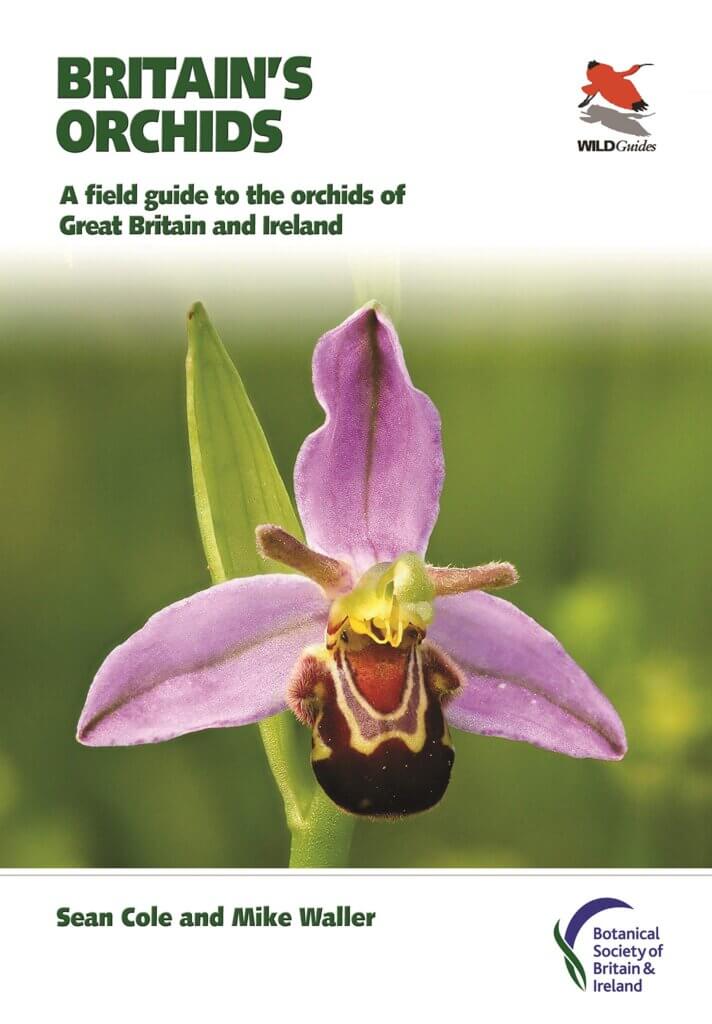
I’m rubbish at plants so I don’t know how much I will use this book, but I’m interested in books on natural history and I can see that this is a high-grade piece of work. This is another Princeton University Press/WildGuides field guide and they are almost always clear, well-designed and written by experts (see Europe’s Dragonflies, Britain’s Birds) and this book fits that description well too.
The species accounts fill the last 170 pages whereas the first 100 are given over to matters of habitats, taxonomy and what is an orchid.
We birders are simple people so a book that covers 51 regular species, 12 adventive species, 11 subspecies/varieties, 4 forms and 54 hybrids is somewhat daunting. But the 1200 photographs that illustrate the text are wonderful as are Sarah Stribbling’s 98 watercolour plates.
This book reminds me that I want to see a Military Orchid and maybe I’ll take the fairly short car trip to one of its localities next spring. And I’ve decided that I would also like to see a Burnt Orchid – they look lovely and seem to be fairly well distributed even though scarce.
I’m just struck by how many orchids are named after animals: Man, Lady, Frog, Lizard, Spider, Butterfly, Monkey and Bee and the images in this book make some of thoe names more understandable and others even more puzzling (to me at least).
This is a clear, comprehensive, well-designed, beautifully illustrated guide to a fascinating group of our wild flowers. With its help, and a read of Jon Dunn’s excellent Orchid Diary over the winter, you might head out into the spring searching for these beautiful plants.
Britain’s orchids: a field guide to the orchids of Great Britain and Ireland by Sean Cole and Mike Waller is published by Princeton University Press.
[registration_form]
Wild Guides published a guide to Britain’s orchids back in 2004 by David Lang which was pretty good. Nevertheless, looking at the sample pages of the new guide shown on Amazon, it would appear that the new guide does add some significant improvements on that guide (including the best-of-both-worlds combination of water colours and photographs) and may therefore justify the investment in the upgrade for those already in possession of Lang.